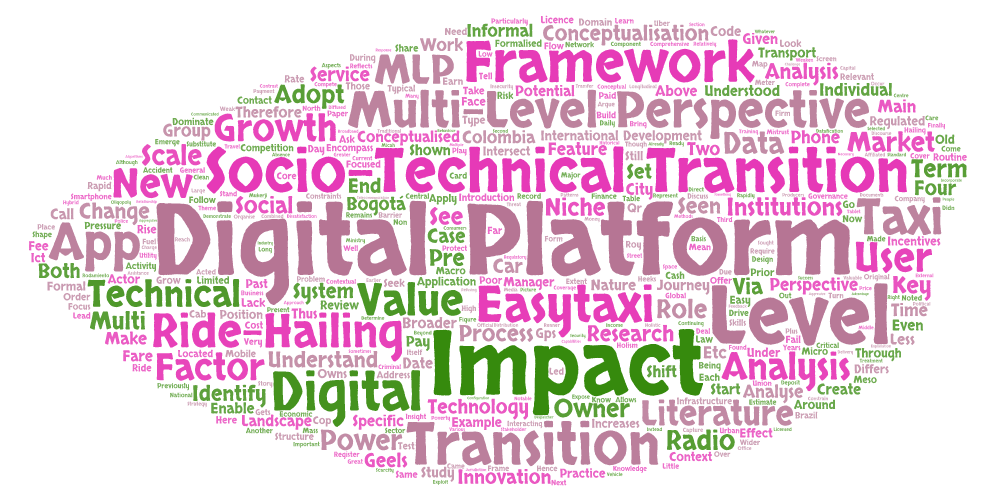The evolution of urban tourism is increasingly shaped by digital technologies, with cities around the world embracing innovative models and digital transformation to enhance visitor experiences. Digital transformation refers to the integration of digital technologies into all aspects of an organization’s operations, fundamentally altering how it operates and delivers value to customers (Westerman et al., 2011). In the tourism context, digital transformation encompasses the adoption of innovative technologies to enhance the tourist experience, streamline operations, and drive sustainable growth. Building upon foundational studies by scholars such as Buhalis and Amaranggana (2014) and Gretzel et al. (2015) about smart tourism platforms and destinations, this blog explores a theoretical framework for understanding the key elements of smart tourism through a digital transformation lens. The elements of connectivity, data analytics, personalization, and sustainability are drawn from the Barcelona Smart Tourism Platform, reflecting a holistic approach to digital transformation in tourism.
Connectivity serves as the backbone of the digital transformation, enabling the integration of tourists, service providers, and city authorities, which is in line with the vision outlined by Law et al. (2016). Digital connectivity is a means of creating a cohesive ecosystem where information flows freely and efficiently. This connectivity manifests through various channels, including Wi-Fi hotspots, mobile apps, and digital signage, enabling tourists to access information, make bookings, etc. Moreover, by integrating disparate systems and stakeholders, connectivity enhances collaboration and coordination, fostering a more integrated approach to destination management.
Data analytics enables the city to gain actionable insights from the massive amount of data generated by tourist interactions. Drawing on methodologies outlined by Xiang et al. (2017) and Gretzel et al. (2015), Barcelona employs advanced analytics techniques to analyse visitor behaviour, preferences, and trends. This data-driven approach empowers the city to make informed decisions thereby optimizing the tourism experience, and enables stakeholders to tailor offerings, optimize resource allocation, and anticipate demand, thereby maximizing satisfaction and operational efficiency.
Personalization allows a fit to the individual needs and preferences of tourists (Wang et al., 2017). As Gretzel et al. (2021) noted the importance of techniques, Barcelona leverages AI-driven algorithms to customize offerings and recommendations for each visitor. From personalized itineraries to targeted promotions, this personalized approach enhances visitor satisfaction and fosters deeper engagement with the destination.
Sustainability of Barcelona is in line with principles outlined by Niñerola (2019), Barcelona integrates sustainability across all aspects of the visitor experience, from transportation to accommodation to attractions. This encompasses initiatives such as promoting eco-friendly modes of transportation, reducing waste through recycling programs, and supporting local communities through responsible tourism practices.
As echoed by scholars such as Buhalis (2020) and Gretzel (2021), Barcelona is creating smarter, more sustainable destinations through technology, exemplifying the potential of digital innovation in sustainable tourism by integrating connectivity, data analytics, personalization and sustainability. As cities around the world navigate the complexities of urban tourism in the digital age, the Barcelona Tourism Platform offers a good example, and a framework that others working in smart tourism can utilize.









 In a new European Journal of Development Research paper – “
In a new European Journal of Development Research paper – “
 How should we understand digital platforms from an institutional perspective?
How should we understand digital platforms from an institutional perspective?


![Óµ±§±ä»¯£TB2(E)[1]](https://ict4dblog.files.wordpress.com/2021/04/platform-infrastructure.jpg)